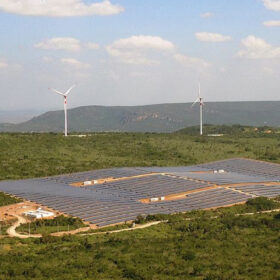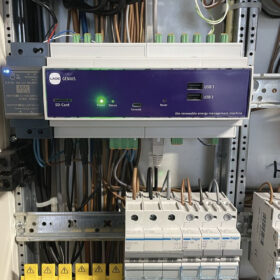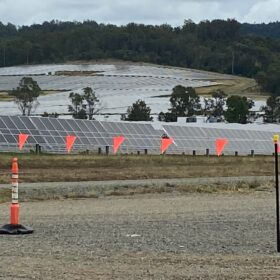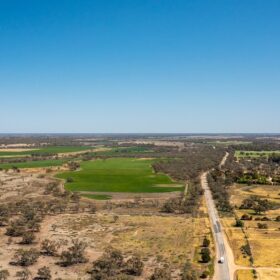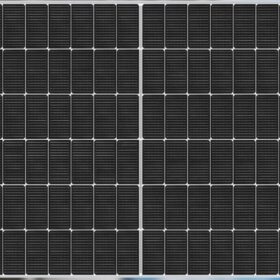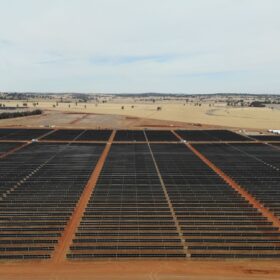The path beyond 5 TW
With the COP28 climate summit in Dubai resulting in a pledge of at least 11 TW of renewables generation capacity by 2030, Bruce Douglas, chief executive officer (CEO) of the Global Renewables Alliance (GRA), examines the outcomes of the conference and their likely impact on the solar industry.
Entering the renewables era
Following strong global solar installation figures in 2023, Alexa Capital co-founder and partner Gerard Reid sees enormous potential for a renewables revolution.
Research finds climate, degradation rethink on inverter lifespans required
New research from Belgium shows the importance of assessing inverter reliability by including climate-based PV panel degradation rates. The scientists found that, especially in hot and arid climates, PV inverters should be designed with parameters above the standard value.
Solar waste tipped to provide material supply security
Researchers from the University of New South Wales have rejected suggestions that end-of-life solar panels will create a “waste mountain” in Australia, saying instead that they could serve as valuable material reservoirs for future production.
Weekend read: Artificial opportunities
Artificial intelligence (AI) is hot right now and is finding central applications in homes and businesses as they move from simple grid connections to self-generation, energy storage, electric vehicle charging, and load-shifting revenue streams. With AI everywhere, what’s the difference between advanced control via simple algorithms, and true intelligence?
Fluence broadens storage strategy with optimisation software
Global energy storage technology company Fluence has more than 1 GW of battery projects operating or under construction in Australia and it is now broadening its strategy beyond hardware to include optimising asset performance and servicing.
Commissioning process spoils improvements in solar project timelines
Australia’s energy transition risks falling behind with a new report showing that the time required to plan, build and commission a large-scale solar farm is almost four years with the final stage of the process having blown out to six months or more.
Transgrid unveils preferred route for VNI West project
Transgrid has released details of its preferred route for the northern portion of the VNI West interconnector project that will connect the New South Wales and Victoria electricity grids.
New anti-reflective coating for silicon solar cells
Developed by an international research group, the novel anti-reflective coating is based on silicon dioxide and zirconium dioxide. It reportedly minimises a solar cell’s reflection loss, while enhancing its light absorption properties.
Sharp unveils 580 W TOPCon panel with 22.45% efficiency
Sharp’s new IEC61215- and IEC61730-certified solar panels have an operating temperature coefficient of -0.30% per C and a bifaciality factor of over 80%.

